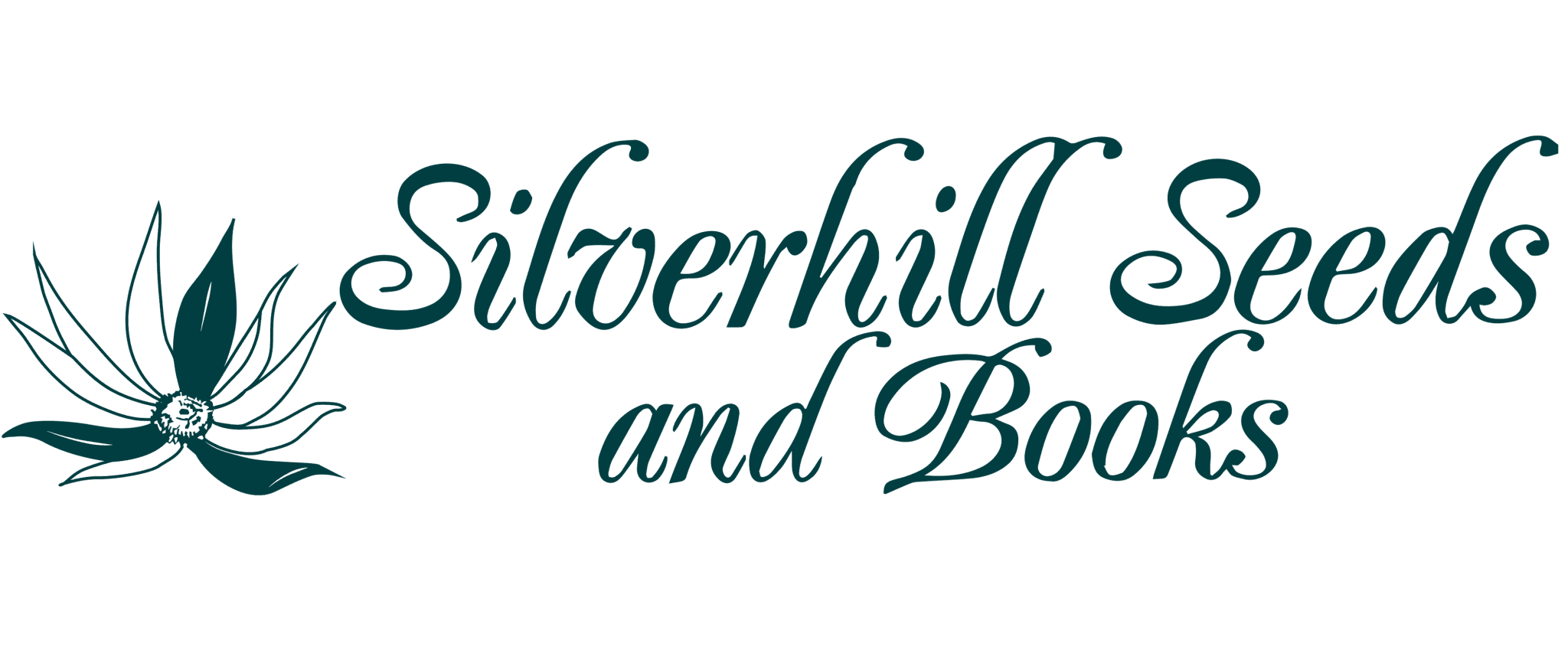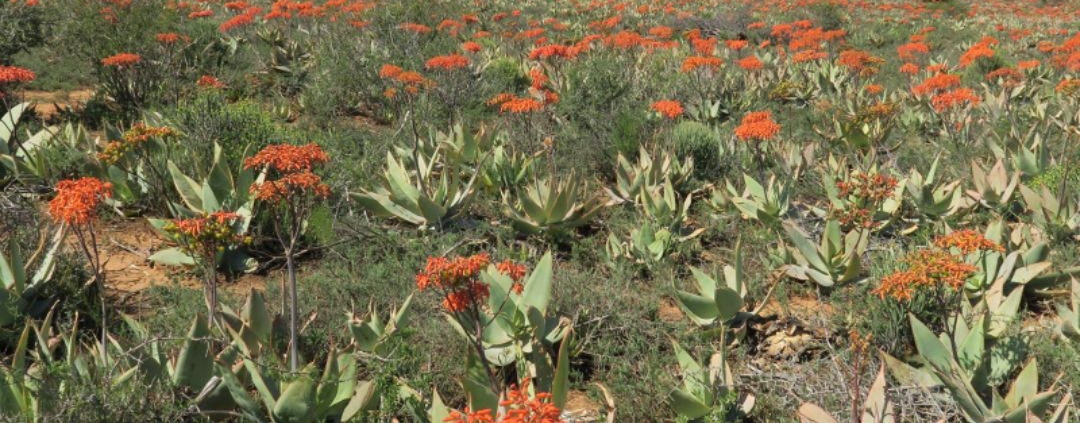From the Archives: Newsletter January 2009
Newsletter January 2009
Dear Seed Sower,
We skipped the newsletter normally sent out in July (and the July catalogue!), and this one follows the January 2008 catalogue. This last year was so busy that we felt our time was better spent seed collecting than producing a supplementary catalogue.
Last year most of the winter rainfall areas close to Cape Town received excellent rain, and therefore the floral displays in spring were good. Any visitors who came to see flowers were not disappointed, with Cape Town and surrounds particularly attractive. The floral display near Cape Town is usually a bit later than Namaqualand (often at its best in early October), and it is often overlooked by tourists who rush northwards to Namaqualand. It is also more predictable than Namaqualand as weak cold fronts often bring rain to Cape Town, but nowhere else. We find that the most beautiful displays are the ones that catch you unawares. This last year we were travelling along a back road in the southern Cape near Laingsburg when we saw “vygies” (mesems) which boggled our minds! From horizon to horizon, stretching to the distant mountains, was a sheet of purple so intense that it coloured the sky. This area certainly had good rains! The Ceres Karoo, an intensely arid area normally receiving less than 100mm of rain annually, also produced good displays of flowers – mostly orange Pentzia and yellow Gazanias, but what they lacked in variety, they made up in numbers. The Little Karoo, not going to be outdone, produced some beautiful displays of Aloes, particularly Aloe striata. In some cases the plants are growing so thickly that when they flower, the flower spikes form a sea of colour which fills the entire valley with a beautiful coral red.
After fairly good summer rains last December and January, we were expecting all the winter growing Amaryllids to flower well. They did flower, but it wasn’t spectacular and a number of species did absolutely nothing. We are still at a loss as to what makes these bulbs flower en masse.
In June, we decided to head north east, through South Africa to the lower Limpopo Valley in Mozambique. Access to Mozambique is now much simpler than a few years ago – no Visas required for South African citizens, and there is a new border post in the far north of the Kruger National Park at Pafuri. The vegetation was interesting and it was better wooded than on the South African side, but we were disappointed to find that there were large numbers of people & livestock living in the area. This is a so-called “Transfrontier Park” – it is supposed to be an extension of the Kruger Park into Mozambique, so we expected to see no people, no cattle, no goats but lots of wild animals, similar to the Kruger Park. However, the lack of game turned out to be an advantage for us as we were able to collect a large bag of Adansonia digitata fruit, which is normally eagerly eaten by many animals, including elephants. These Transfrontier Parks, of which there are several, were supposed to be huge expanses of land that allowed game to move in traditional migration routes, irrespective of political borders. It is sad that this particular Park is not working in the way in which it was envisaged.
Before this trip to Mozambique, we flew to the UK where both of us had speaking engagements with the South African Bulb Group in Southampton. After this we took the opportunity to have a walking holiday in Cornwall, with “Gardens of Cornwall” as its theme. It is surprising how many South African plants are grown in that part of the world, and we wonder how many of them have survived in the last few weeks which have been bitterly cold in many parts of Europe and the USA. We made our arrangements through a company called “Let’s go Walking” in the UK. They took care of our luggage and accommodation, and all we had to do was set off on our walk in the mornings with only a day pack containing our lunch and rain gear. It was a most pleasant way of seeing the country and we recommend it whole heartedly. We believe it is called “Slack packing”! We then spent 3 weeks in Turkey, doing much the same – walking from place to place with a day pack, with our luggage and accommodation organized for us by another excellent company, SNP. We spent a week in Istanbul – a fascinating but hectic city, followed by 2 weeks in Cappadocia which has the most extraordinary and beautiful scenery. We were a bit late for spring flowers, and we missed the displays of bulbs such as tulips, but we saw sheets of poppies, cornflowers and other annuals at higher elevations in better watered areas, plus various perennials such as Salvias in full flower. We loved the food, the carpets and the architecture, and the walking was superb.
Two months before Christmas the economic downturn suddenly hit us, and our seed sales virtually dried up overnight. Oddly enough, book sales increased to a record high which surprised us as books cost considerably more than seeds do! At one stage we were checking the internet and the fax machine to see if they were still working! Having said that, sales since Christmas have taken off and we are again rushing around madly.
Sadly, last year saw the death of our 2 old cats – they were both about 16 years old, so they had good long lives. For a while we were down to 2 cats – Zingibar, a beautiful orange (stray) cat with an unpredictable nature, and Squatter, a black stray who moved in about a year ago. In October a young wild tabby cat took up residence in the garden, and he has since moved in and become very affectionate. We have decided that somewhere on our fence is a sign in cat language that says “All strays welcome here” and we are destined to become Saint Rachel and Saint Rod, the patron saint of stray cats!
Our staff situation remains the same as usual, with all of us still reasonably fit and healthy. Rachel’s mother turned 90 in December, and she still turns up to work at 8am each day! Denise walked in Kyrgyzstan in July, and Ondine has just returned from climbing Kilimanjaro in Tanzania. Darkie’s granddaughter is now at high school in Cape Town.
We trust that 2009 will see an upswing in world affairs and that all of you remain passionate about your plants and gardens.
With Best Wishes
(Patron Saint of Stray cat’s) Rod and Rachel



